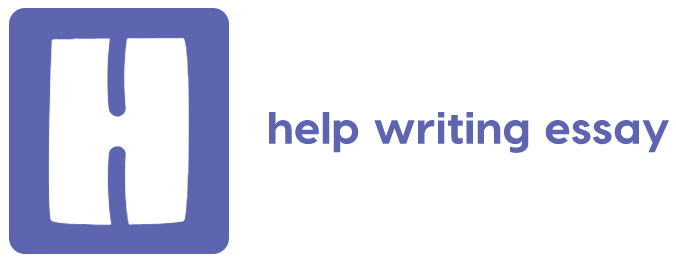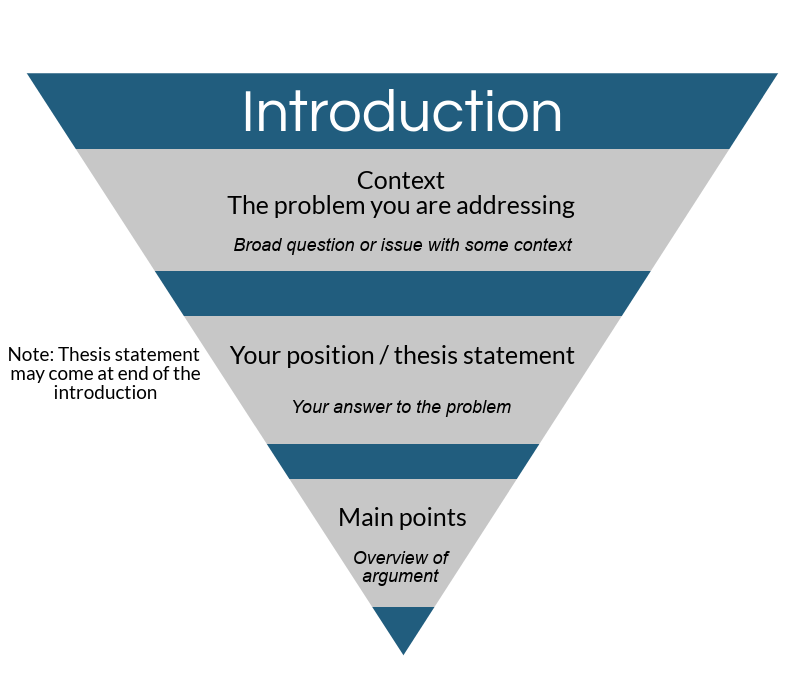If you’re wondering how to write an essay introduction, here are some suggestions: Introduce your topic, state your thesis statement, and add a hook or transition sentence. After you’ve outlined the points of your essay, write an introduction that makes sense and gets readers hooked. This article explains these steps step by step. If you’re still having trouble with the writing process, try to think of it as a learning experience.
Introduce your topic
When writing an essay introduction, you should begin with a hook. This hook can be in the form of a question, a relevant statistic, or even a quotation. For example, if your topic is money, you could start your introduction by including a quote by the Beatles. Using a famous quote by a well-known artist is a great way to hook the reader and get them interested in your topic.
As a general rule, an essay introduction should be no more than 20% of the entire paper. This way, your reader will be able to tell right away what you’re writing about. A good rule of thumb is to keep the intro to no longer than a single paragraph. However, if you’re writing a longer paper, you can go up to five paragraphs. For a one-page essay, this will give you plenty of room to introduce your topic.
State your thesis statement
One way to strengthen your argumentative thesis statement is to use credible evidence. Using evidence from credible sources demonstrates your credibility. Adding quotes from sources with relevant expertise is also a good idea. The more reputable the source, the more credible your claim. In addition, if your argument relies on a moral code, you might want to reconsider your thesis statement. For this reason, it’s a good idea to have a thesis statement that is not too broad.
A strong thesis is one that contradicts a widely-accepted idea or argument. For example, if you are writing about public transportation in rural areas, you could say that it will boost local economies, reduce gas costs, and increase unionized work. Then, follow up with evidence to support your thesis. Whether you decide to discuss the topic of education, you will need to support your thesis with a supporting argument.
Include a hook
It is difficult to create an effective hook, and a poorly written one will only discourage your readers. A hook should be the first sentence in your essay, or at least the very first few sentences. Writing an essay is a long process that is creative and you are likely to come up with a great hook as you write. Once you’ve started writing, look back at your first sentence and make sure it fits the rest of the essay.
A hook is a short, attention-grabbing sentence that draws your reader’s attention and makes them want to read the rest of the essay. A good hook is a few sentences long, and it should draw the reader’s interest in the topic by triggering a sense of curiosity. A hook shouldn’t be too broad or dense, and it should start with a catchy phrase. A good hook can be anything that piques the interest of the reader.
Include a transition sentence
In academic and persuasive essays, it is important to include a transition sentence to connect ideas and concepts in two or more paragraphs. This transition can show the relationship between two ideas or set the stage for information that will come in a subsequent paragraph. If you are confused about where to place a transition sentence, consider the following example. The following sentences will give you some ideas on how to include a transition sentence in an introduction for an essay.
Using a transition sentence is a good way to connect ideas, make your essay flow smoothly, and avoid a jarring break between ideas. For example, the “Home” essay has four paragraphs, with each ending with the word “home.” The author wanted to end the essay with an introduction. It took several drafts to find the right transition sentence for the piece. Fortunately, Grammarly can help you with this task. Not only will the tool help you choose the best transition sentence, but it will also identify any spelling and syntax mistakes and suggest better words based on their context.
Include a quote
A quote in an essay introduction is a great way to hook readers and evoke interest in your essay. A famous quotation can make you seem authoritative and strong. This image will be carried over to your essay and will help the reader to visualize the subject matter. If you want your essay to receive an A, using a quote is an excellent way to start it. However, it is important to choose the right quote, since it must be relevant and suitable for the topic you have chosen.
You should use a quote from a source you know well, since the reader may not notice it right away. In addition to knowing the original author of the quote, it’s also important to consider the key theme it carries. It may be a famous quotation from the book, movie, or play that you want to discuss, so you should choose one that reflects that. After selecting a quote, you should outline the content of the essay.
Include a context sentence
When writing an essay, you must include a context sentence to set the stage for the main content of your paper. The essay topic is one of the most important parts of the introduction. It gives the reader a clear idea of what will be discussed in the body of the paper. In some cases, the thesis statement will list the main ideas that will be discussed in the body. The thesis statement is usually just a single sentence long and is usually placed at the end of the introduction.
In addition to providing relevant context for the essay topic, your introduction should state the thesis statement that will define the point of view and specific aspects of the issue that will be discussed in the essay. In writing an introduction, you should use the checklist above to check that you have included a context sentence. If you haven’t included a context sentence, you may want to consider writing one before you begin.

